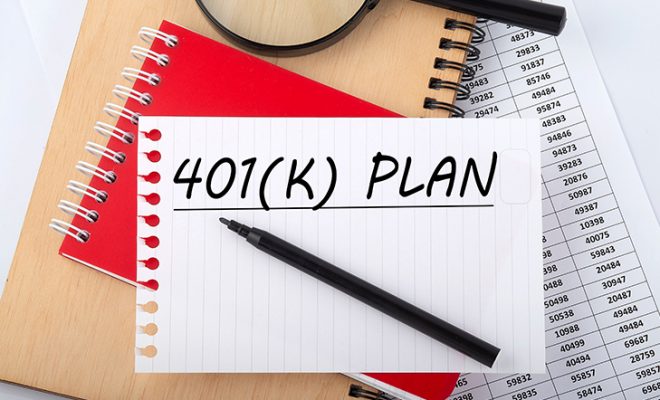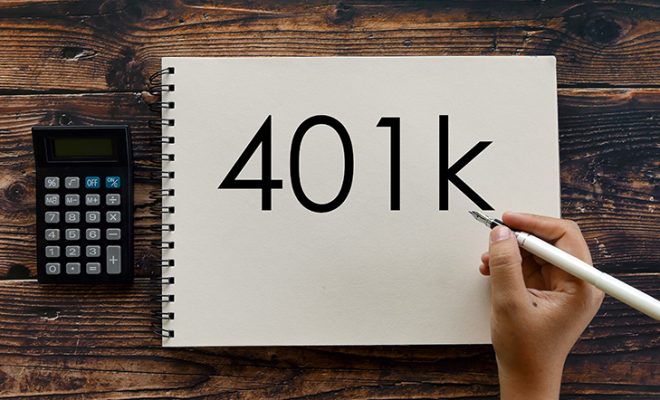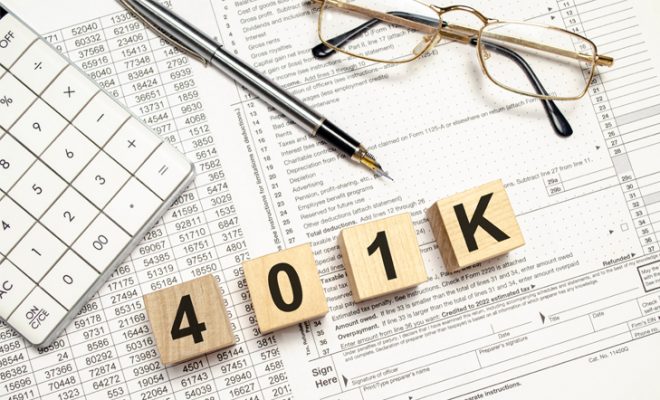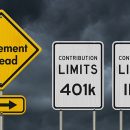Four 401(k) Withdrawal Rules That Will Help Your Retirement Savings Last For A Long Time

Retirement is a golden phase, but the fear of outliving retirement savings can be a significant concern. Given the rising lifestyle costs, healthcare expenses, etc. managing money in your non-working years can be challenging. Moreover, with no stable source of income, your financial situation can become even more stressful. According to the May 2020 Simply Wise Retirement Confidence Index analysis, 49% of Americans fear that their savings will potentially run out in retirement. This highlights how you need to effectively plan your 401(k) retirement savings account to ensure that you have sufficient monetary aid to cater to your needs for as long as you live. While withdrawal strategies might differ from person to person, a few strategies are beneficial for all.
Here are some important 401(k) withdrawal rules that will help your retirement savings last longer:
- Be wise and flexible with your retirement withdrawals
The amount you save and how efficiently you withdraw and use your money determines how long your retirement fund will last. Hence, during retirement, you would need to balance your spending and preserve for the future. The objective is to have an adequate present but also a comfortable life later. In this regard, you can consider following the 4% withdrawal rule. The easy-to-follow rule specifies that you can take up to 4% of your total 401(k) account value in the first year of retirement and then later adjust your drawings according to subsequent inflation. Some financial experts agree that this can help your money last for 30 years. For instance, if you have $1 million in your 401(k) account, then your outlay in the first year can be $40,000. However, in the next year, you can adjust this amount by the inflation rate (assuming it is 2%) and withdraw $40,800 ($40,000 x 1.02). This can continue for future years (the third year will be $41,616) to ensure your savings last longer than otherwise. That said, according to this rule, you would also need to reduce your outflow if the general inflation level lowers. By the same example, you will take only $39,200 ($40,000 x 0.98) if there is a considerable deflation in the very next year after retirement. Even though the 4% rule is a good tactic and gives you a predictable income stream, you must consider expense fluctuations from one year to another. As per a JPMorgan Chase report, 56% of American households expect volatility in expenditures during retirement. Hence, it is advisable to follow the 4% rule with some flexibility and be wise and disciplined with your spending habits. - Opt for qualified 401(k) distributions
According to the Internal Revenue Services (IRS), if you take out money from a 401(k) account before the age of 59.5 years, you will incur a 10% early withdrawal penalty, along with applicable taxes. This will significantly reduce your reserves and leave you with minimal money during the most critical time of your life. Hence, to make sure that you have adequate funds in retirement, take only qualified or required distributions from your 401(k) account. Distributions that are made after 59.5 years of age or under specific circumstances like permanent disability, loss of employment, etc. are called qualified distributions. These are penalty-free drawings and you will only pay regular income tax on your pre-tax 401(k) money. Thus, your savings will not reduce by a great margin and you would additionally allow your funds to grow more. Moreover, if you would have retired by the time you make qualified distributions, your tax liability will be lower because of an overall low income-tax bracket. - Do not miss the Required Minimum Distributions (RMDs)
It is a wise strategy to not touch your 401(k) funds unless specifically required. The longer you allow your money to stay invested, the better returns you get. Moreover, you are not subject to any taxation, as long as you do not take any 401(k) dispersals. However, you must be wary of the withdrawal rules like RMDs, which if ignored could hamper your reserves and diminish them sooner than expected. The IRS mandates that you begin taking RMDs as you turn 72 years old. Your RMD will differ given your 401(k) balance and other parameters, such your life expectancy. That said, in some organizations, employers might allow employees to defer RMDs until next year, provided employees retire after 72 years. However, this is highly uncommon, hence, you must be aware of RMDs rules and withdraw the specific amount at the right age. Additionally, keep in mind that you can take out more than your set amount in a given year but cannot take less than your RMD. If you fail to take the full amount of your RMD, or fail to make a timely withdrawal, the amount not pulled out will accrue a tax charge at 50%. This will have a detrimental impact on your 401(k) savings and you could run out of them faster than anticipated. - Consider a 401(k) rollover into an IRA
A wise tactic that can help you maintain your retirement fund for a long time is a 401(k) rollover. A 401(k) rollover is when you withdraw your 401(k) funds only to direct the money to a new plan like an Individual Retirement Account (IRA). The IRS allows you to opt for a 401(k) rollover within 60 days from the receipt of your retirement plan distribution. You can open your IRA with a bank or a brokerage firm. However, be sure to check the fees and other expenses when you select an IRA provider. Some advantages of opting for an IRA include long-term tax-deferred growth of funds and a wider range of investment choices as compared to a 401(k) account. Moreover, if you are below 59.5 years and want to pull out your money, you can do so without paying the penalty, provided it is for a qualifying first-time home purchase or higher education. Further, an IRA has lower fees, fewer rules, and more potential to open a Roth account. A Roth IRA allows you to pay taxes on your amount now and get tax-free withdrawals later. In all, a 401(k) rollover helps to minimize taxes and help your retirement savings last longer.
To sum it up
Ever since its initiation in 1978, the 401(k) account has been an attractive choice for people planning for retirement. According to a 2019 American Benefits Council report, there are above 80 million employees actively contributing to a 401(k) plan in the U.S. Further, this retirement account holds $5.7 trillion in assets. Some major reasons that fuel such strong growth of this investment vehicle are tax-benefits, employer-sponsorship, high contribution limits, and shelter from creditors. But even with these advantages, a 401(k) cannot completely guarantee an adequate retirement if you do not plan your withdrawals well. Use the above-mentioned ways to structure your 401(k) withdrawals in a manner that they are able to financially support you during retirement for the longest time possible.
It is also a good idea to consult an experienced professional financial advisors
to be certain of your decisions.










